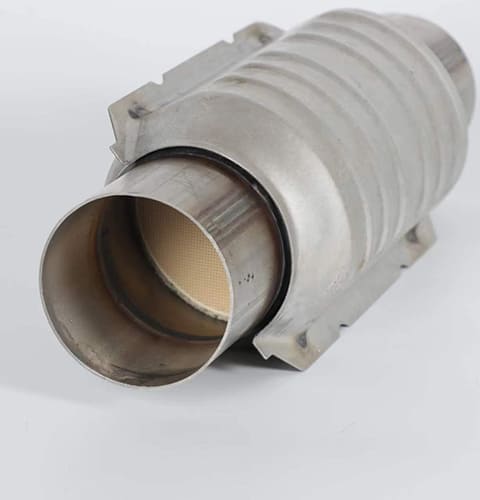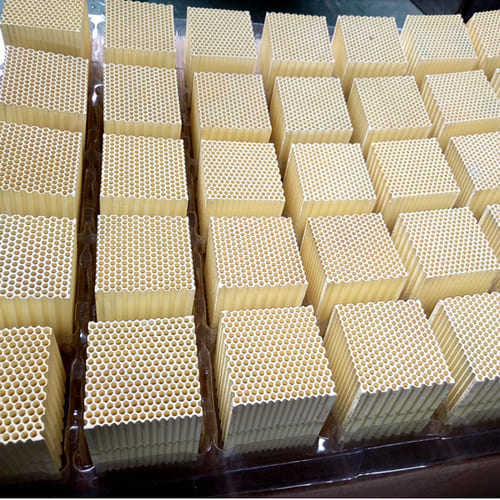Imagine a world where your car’s exhaust pipe emits only harmless water vapor. Or consider a future where industrial plants produce zero harmful emissions, where the air you breathe is cleaner than ever. What technology could make such a revolutionary impact? The answer may lie in the humble but highly efficient monolithic catalyst.
What does the future hold for innovations in monolithic catalyst technology? In the years to come, we’re looking at more efficient, cost-effective, and eco-friendly monolithic catalysts. The advent of new materials like metal-organic frameworks, coupled with advancements in nanoengineering, are poised to redefine their capabilities. These innovations could make it easier to capture and convert harmful emissions and even unlock new pathways for sustainable chemical production.
Interested? Let’s delve deeper into the future of monolithic catalysts and what these advancements might mean for various industries and our planet.

What Are the Current Uses of Monolithic Catalysts?
Monolithic catalysts have found applications in a plethora of sectors. Automotive Industry uses them in catalytic converters to mitigate harmful emissions. In the Chemical Industry, they play a pivotal role in streamlining production processes. They are even employed in Environmental Applications to control industrial emissions. But what about tomorrow? How will these existing technologies evolve?
What Innovations Are on the Horizon?
New Materials
The field of material science is showing promise for the future of monolithic catalysts. Recent studies in metal-organic frameworks (MOFs) could lead to catalysts with even higher surface area and efficiency.
Nanoengineering
Nanoengineering techniques are being used to create catalysts at the atomic or molecular level. This can lead to a higher surface area and more active sites for reactions, thus significantly boosting their efficiency.
Cost-Effective Alternatives
One of the major hurdles is the cost of precious metals like platinum and palladium that are often used in these catalysts. Research into cheaper alternatives is ongoing, with some studies focusing on abundant materials like iron and nickel (source).
Adaptability and Scalability
Scalability issues have often limited the applicability of these catalysts. New 3D printing technologies could offer customized, scalable solutions for different industrial needs.

How Will These Innovations Impact Various Industries?
Automotive Sector
Cars fitted with next-generation catalytic converters employing new materials and nanoengineering techniques would significantly reduce harmful emissions, meeting even stricter future environmental regulations.
Chemical and Pharmaceutical Industries
The industry stands to benefit from more efficient catalysts, reducing the need for high energy inputs and lowering production costs, which could translate to cheaper medicines and consumer goods.
Environmental Sector
Custom-made emission control systems could result in nearly zero-emission factories, significantly impacting global efforts to combat climate change.

Are There Any Challenges Ahead?
While the future looks promising, challenges like catalyst poisoning and the initial high cost of research and development remain. However, with growing investments in research, these challenges are not insurmountable.
Conclusion
Innovations in monolithic catalyst technology could be a game-changer in the years to come. From cleaner cars and industrial plants to more efficient chemical processes, the scope is vast. However, the real success will depend on how quickly these advancements can overcome existing challenges and be adapted for large-scale industrial use. The future is certainly exciting, and monolithic catalysts will undoubtedly play a pivotal role in shaping it.


